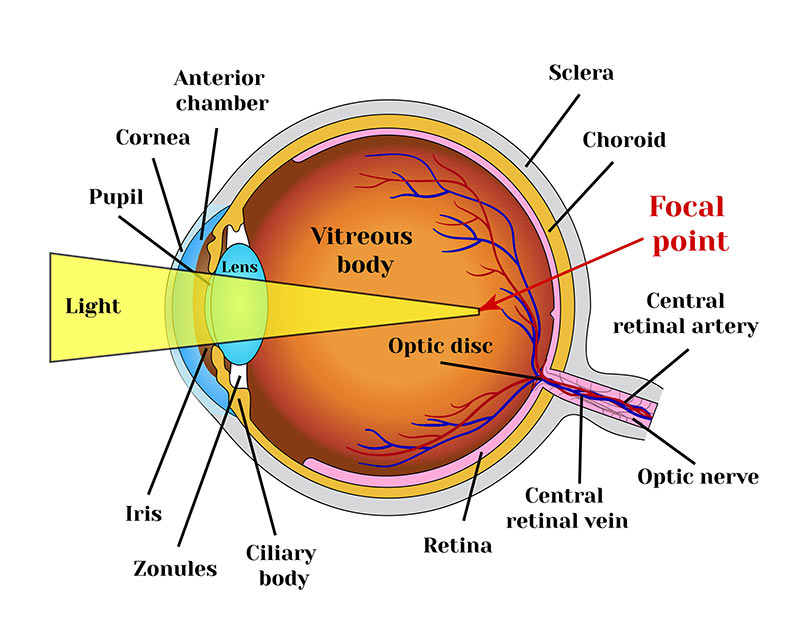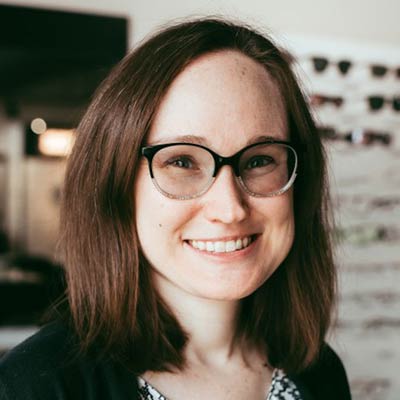Protect your child’s vision
Myopia Management in Pittsburgh, PA
Dr. Erinn Tolomei
Myopia Management Specialist

Protect your child’s vision
Myopia Management in Pittsburgh, PA
Dr. Erinn Tolomei
Myopia Management Specialist
Myopia, commonly known as nearsightedness, is a widespread vision condition affecting millions globally. It causes distant objects to appear blurry while close objects remain clear, often requiring corrective glasses or contact lenses. At Pittsburgh Primary Eyecare, our myopia management specialist in Pittsburgh, Pennsylvania, Dr. Tolomei, offers personalized eye care solutions to help you or your child reduce the risk of high myopia and associated eye diseases.

Why myopia control should be a priority
If left unaddressed, myopia can continue to worsen over time, increasing the risk of serious eye conditions like glaucoma, cataracts, and retinal damage. For children, untreated myopia often progresses rapidly, which can lead to higher prescriptions as they grow. By intervening early with myopia management in Pittsburgh, we can slow this progression, improving vision now and lowering the risk of complications later in life. Effective myopia management helps preserve vision, improve quality of life, and reduce the need for stronger prescriptions, ensuring healthier eyes for years to come.
Ortho-k lenses for myopia control
Orthokeratology (or ortho-k) is a non-surgical procedure that involves wearing specially designed gas permeable contact lenses overnight. These lenses gently reshape the cornea while you sleep, temporarily correcting your vision and reducing myopia. You can take them out in the morning and enjoy clear vision throughout the day without needing glasses or contacts.
Ortho-k not only provides clear vision without the need for glasses or contacts during the day, but it has also been shown to slow down myopia progression in children. By reshaping the cornea each night, orthokeratology can help reduce the elongation of the eyeball that leads to worsening myopia over time. This means fewer prescription changes and a potentially lower risk of eye diseases associated with high myopia.
Multifocal contact lenses
Unlike traditional single vision lenses that correct vision at a specific distance, multifocal lenses have different zones that correct vision at multiple distances. This means that not only can they help you see clearly up close and far away, but they can also slow down the progression of myopia in children and young adults. By providing clear vision at various distances, multifocal lenses reduce the strain on the eyes and encourage healthy visual development.
Visit us for myopia management in Pittsburgh, PA
Starting myopia management early will have the biggest impact on slowing progression. If you or your child has myopia, we can assess the severity and recommend a personalized treatment plan. Dr. Tolomei, our myopia management specialist at Pittsburgh Primary Eyecare, will work with you to find the most effective treatment and monitor its success over time. We stay at the forefront of treatment advancements to ensure your family receives the highest quality care. Schedule your appointment today to explore myopia control contact lenses and other innovative solutions.

Dr. Erinn Tolomei
Myopia Management Specialist

